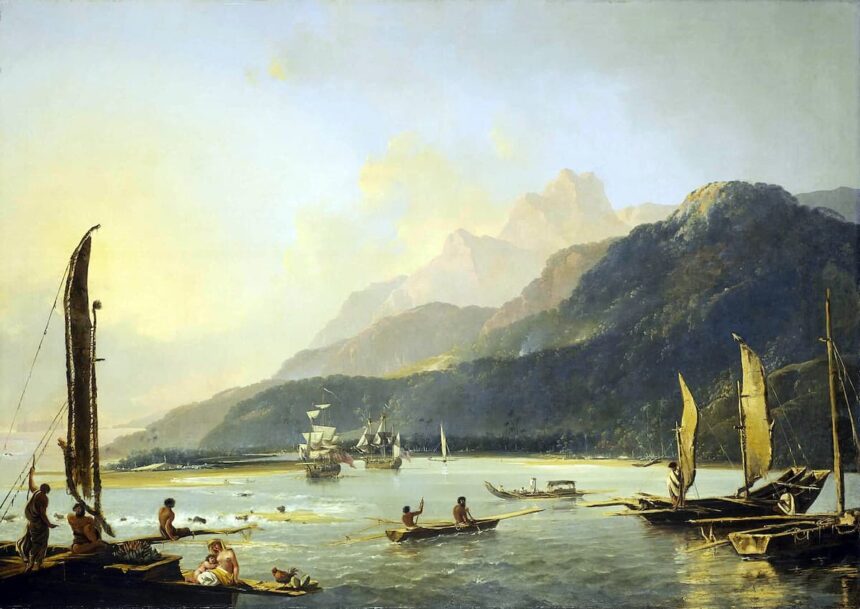James Cook: The Famous Navigator and Explorer
Navigator and explorer James Cook was responsible for the discovery and mapping of many Pacific islands.

Navigator and explorer James Cook was responsible for the discovery and mapping of many Pacific islands.

